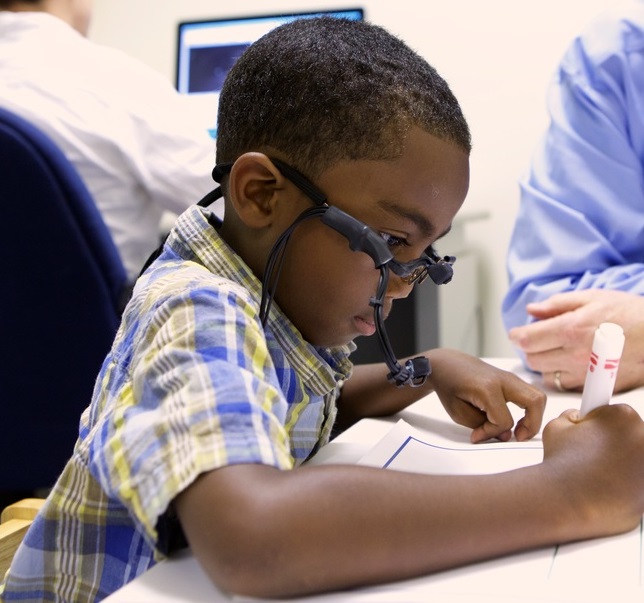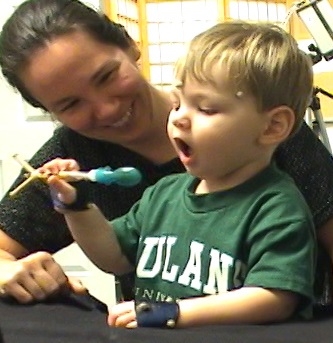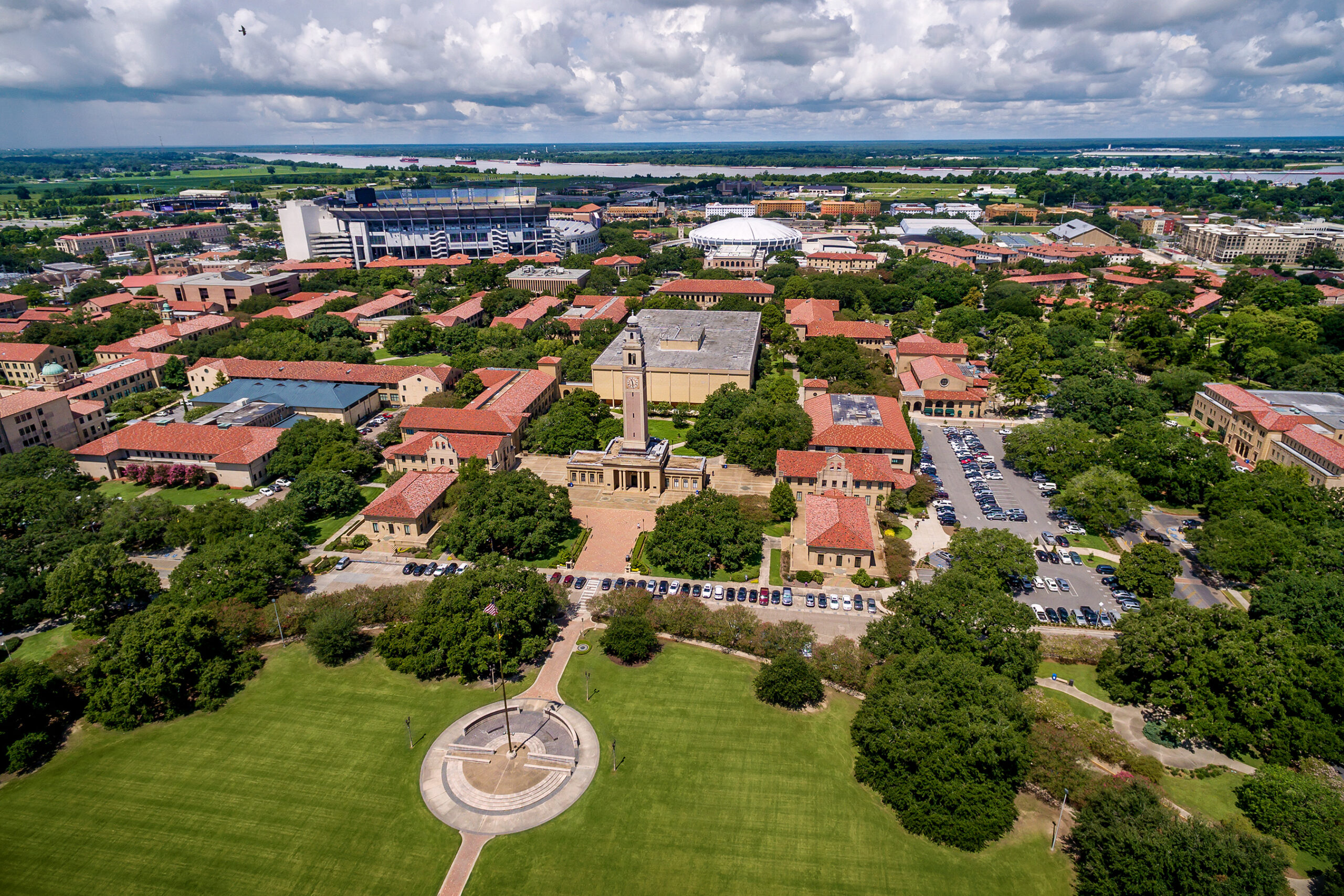My research focuses on the dynamic interplay between vision and functional movement (i.e., visuomotor integration). Specifically, I am interested in how complex relationships between cognitive, motor, and sensory processes impact the performance of activities of daily living, such as using eating utensils, handwriting, and dressing in neurotypical and neurodivergent development, especially autistic development. I am especially interested in how we can use these findings to improve the lives of neurodivergent people by adapting their environments and providing support for them to achieve their goals.
Visuomotor Integration in Handwriting
In typically development, many people learn to read and write at the same time. Intuitively, these reading and writing are related, but how do we learn these skills at the same time? In my doctoral work, I investigated how preschool and elementary school children coordinate eye and hand as they learn to write and read. Specifically, I used mobile eye-tracking glasses to investigate how children’s visual-motor coordination, basic reading skills, and school experience interact as children learn to copy letters, symbols, and words. I extended this work with my wonderful honors thesis student, Brooke Bailey, to examine how children use vision and motor skills to copy complex shapes found in developmental tests of visual motor integration.

Visuomotor Integration for Self-Feeding
When you go to a restaurant or friend’s house, do you have to learn to use their silverware? Most adults can perform the task of adapting to new forks, spoons, and knives automatically without any trial-error or thought dedicated to the process. This process may not be as simple for young children and is incredibly difficult for some children with autism spectrum disorder. At Tulane, I worked with Emily Lewis and Jeff Lockman to conduct a series of studies using 3-D motion tracking to investigate how infants from 4 to 24 months of age learn to feed themselves using cups and spoons.

Visuomotor Integration in Autistic Individuals
At Louisiana State University, I am extending my program of research to investigate how motor, visual, and cognitive processes may differ in autistic individuals. Specifically, I am investigating how the interaction of these processes may make certain tasks more difficult for autistic individuals and impact their quality of life. Combining techniques from biomechanics, psychology, vision sciences, computer science, and rehabilitation sciences, we are examining how visuomotor integration, postural control, and postural stability develop differently in autism. The goal of this research is to inform interventions designed to support the specific visuomotor profiles found in autism.
Activities of Daily Living in Autistic Individuals
Autistic individuals report having difficulties with some activities of daily living such as handwriting, dressing, cooking, and eating with utensils. The goal of this research is to establish how autistic individuals perform activities of daily living and the impact of motor, visual, and cognitive skills on their development. I’m also interested in how individuals with autism adapt their performance of different activities based on the complexity those activities.

